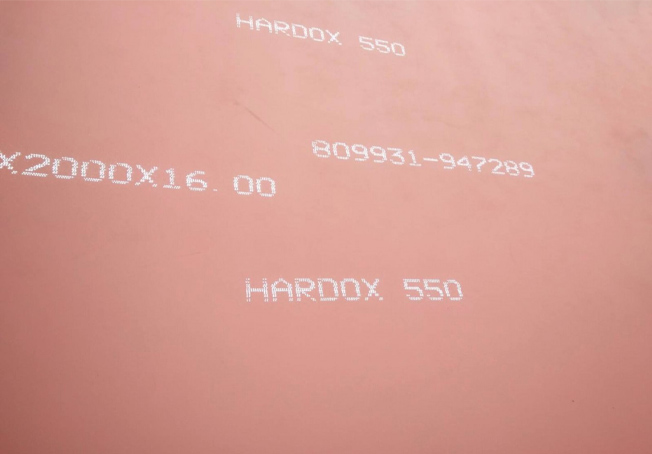Characteristics of High Temperature Wear Resistant Steels
Heat Resistance: Maintains strength and stability at high temperatures, enhanced thermal stability and resistance to scaling (high temperature oxidation) by alloying elements such as chromium, molybdenum, vanadium and tungsten.
Wear Resistance: Additions of carbon, manganese, silicon and other alloying elements increase hardness and toughness to resist wear even under high thermal stresses.
Creep Strength: High temperature steels need to have good creep resistance, and they can be exposed to high temperatures for long periods of time without significant deformation.
Thermal Fatigue Resistance: Materials used in high temperature applications must be able to withstand repeated heating and cooling cycles without cracking or losing structural integrity.
Applications of High Temperature Wear Resistant Steels
Power Generation: Components in boilers, gas turbines and steam generators benefit from high temperature wear resistant steels.Aerospace Industry: Jet engines and exhaust systems require materials that can withstand extremely high temperatures and resist wear and oxidation.
Automotive Industry: Exhaust manifolds, turbochargers, and catalytic converters use these steels to handle high operating temperatures and abrasive particles.Industrial Furnaces: Furnace linings, burners, and conveyor systems often feature these materials because of their ability to withstand heat and wear.
Manufacturing Equipment: Machines and equipment used in metalworking, glassmaking, and ceramic production.














